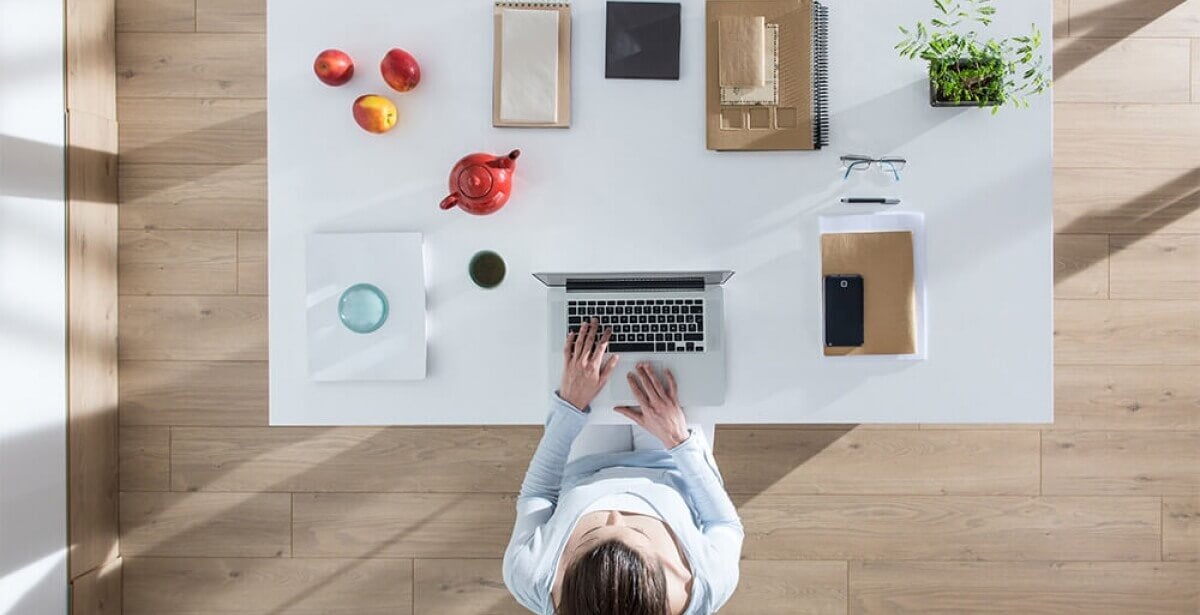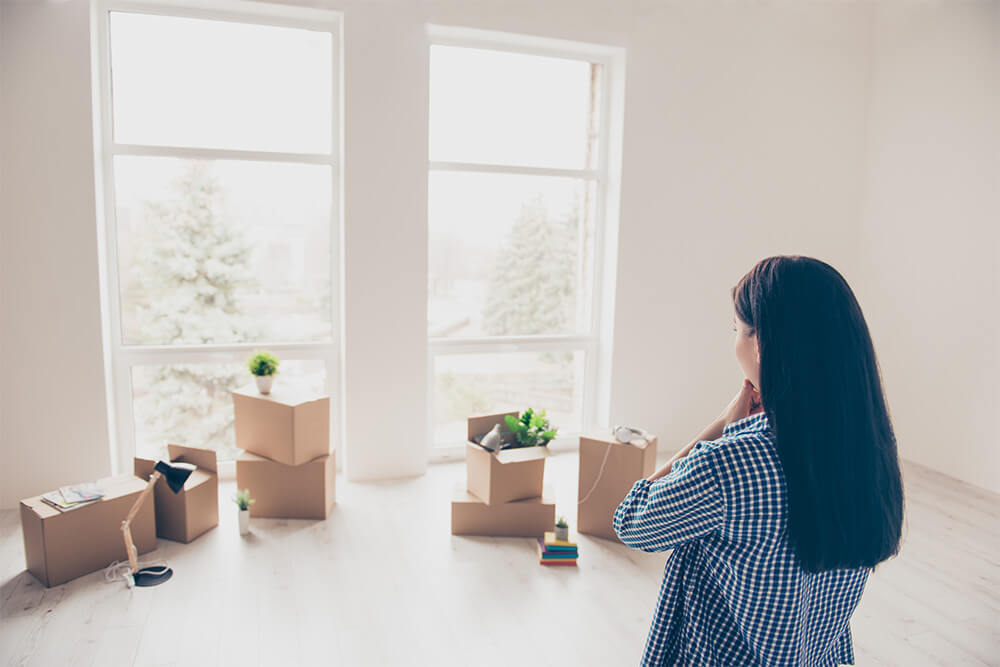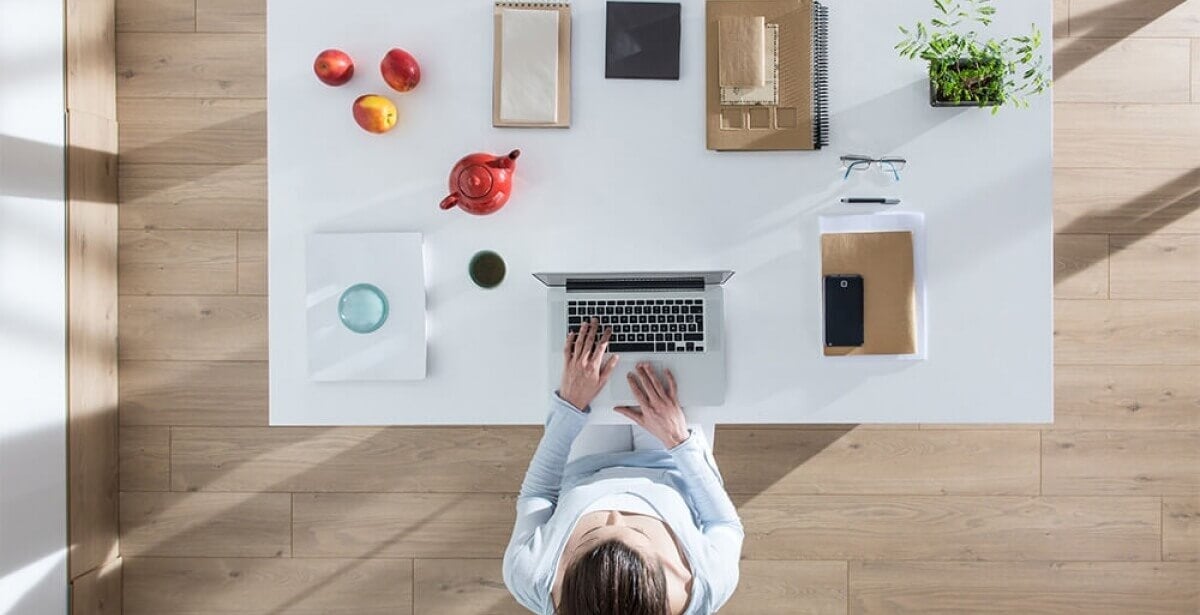
Before Marie Kondo, there were Lean Principles For Your Home
Many people have been caught up in the Marie Kondo phenomenon about getting rid of “stuff” in our lives and “tidying up.” But before Marie Kondo there was “Lean” and learning how to use Lean principles in your home can find more time, space and peace in your life without deciding if something brings you “joy.” A quick skim of Google results for “how to organize your home” yields dozens of blogs, opinions, suggestions, tools, techniques, and methods all promising to have the definitive answer. It is a safe bet that a collection of principles from the manufacturing industry would not appear on that list. Nevertheless, applying the principles of Lean manufacturing in your home can lead to finding more time, more space, and more peace.
At its core, Lean is a philosophy concerned with minimizing waste, maximizing value, and striving for continuous improvement. Typically, when talking about Lean manufacturing, one pictures a factory floor, but lean principles can be applied anywhere — to your kitchen, garage, office, and/or any room in the house!
Consider the following suggestions to make your home a Lean home!

Minimizing Waste
In order to minimize waste, one must first recognize types of waste. The Lean philosophy identifies seven different kinds of waste:
- Inventory
- Motion
- Over-processing
- Overproduction
- Waiting
- Transport
- Defects
When applying this philosophy to the home, we can address the waste of money, food, time and energy. The following example illustrates several wastes. Many families buy more items at the grocery store than they can use or eat before it goes bad. In addition to the amount of money spent on large shopping trips, overcrowded refrigerators can lead to more spills because items are easily knocked over or items cannot be seen clearly so are forgotten.
If a family happens to eat out in a particular week, and does not use the food planned for meals, additional waste may occur. It is likely you can save time, space, money, and frustration by buying less and shopping more frequently. While this might take more time, it is likely offset by lower waste.
Another example of waste in the home is that of motion. Using the “no empty hands trick” is one way to eliminate wasted motion and energy. If you are going upstairs from downstairs or vice versa, take something with you. Doing this is one way to minimize the wasted energy it takes to make multiple trips. One way of doing this efficiently is to have a basket at the bottom and top of steps to easily facilitate moving things from one floor to the next.
A final example is wasted space. Many families have outgrown or simply do not use all the things that occupy space in the home. Cluttered houses have been shown to increase anxiety and take up a great deal of mental energy. “Described as anything that is kept, even though not used, needed or wanted, clutter can also be defined as having a disorganized and overwhelming amount of possessions in our living space, cars or storage areas. Clutter creates stress that has three major biological and neurological effects on us—our cortisol levels, our creativity and ability to focus, and our experience of pain” (Gambelin, 2019). Taking a suggestion from the minimalist movement, go through your house and consciously determine not only the “things” no longer useful but also where items are located to ensure their use. As you look at each item you can ask yourself:
- Is this meaningful?
- Is it useful?
- Is it sentimental?
- Is there a better place to keep it?
This is a lot more difficult than it seems but it is a way to free up space, reduce anxiety and provide unneeded items to someone else to use.

Maximizing Value by Using 5S at Home
One Lean technique that can be applied easily to home organization efforts is 5S. Applying this system is a great way to make for a clean, organized, safe space. Imagine a garage so packed with things that the owner does not use the garage for its intended purpose. By applying the 5S technique so order and usefulness can be restored:
- Sort
- Straighten
- Shine
- Standardize
- Sustain
Following is an example of how to clean and organize a garage using 5S:
Begin by sorting your belongings into three groups – the first group is for those items you would like to keep. The second group is for the items you would like to donate, and the third group is for the items that can go into the trash. Once you have finished sorting, you move on to straighten.
Straighten and organize those things you would like to keep. One best practice in Lean is to have easy visual recognition to organize by using clear bins or labels for efficiency. Also, be sure to place the items you need to access more often within reach so as not to waste energy when trying to locate specific items.
The next step is to shine. Dust items, counters, tool benches, toy areas, and shelving units. Sweep the floor and do any other general cleaning and shining in the space. After you clean the space, you can standardize it.
Standardizing can mean different things – maybe you can group certain items together and always keep them in the same space. Perhaps you set a standard day once a month to keep up on your garage maintenance. Standardizing directly ties into the idea of sustaining space in the way you intended. By putting everything in its place after use you can maintain a sense of organization.
A final note about maximizing value. Take some time to think about what you value most in your life. If it is a hobby, then you will likely have more time to pursue that hobby, if it is time with a loved one or pet, then organization should free up some valuable time. Anyone who has spent an inordinate amount of time looking for “something” they could not immediately find can attest to the value of organization.

Continuous Improvement
For any of these techniques to work, you must have buy-in from those around you. This means creating a compelling argument for Leaning your life! One thing is certain, waste is something most of us want to eliminate from our lives and these techniques offer a start on the road to that process.
Kettering Online's Innovative Master's Degree in Lean Manufacturing
The only program of its kind in the United States, Kettering University's online Lean Manufacturing master's degree program teaches the modern manufacturing process knowledge and Lean Six Sigma skills needed to improve quality output, streamline processes and reduce waste
The lean program at KUO truly enhances your skill set by learning to think lean. Lean thinking is a mindset and developing them here at KUO will promote you to apply it and make some strides in your career. The resources and learning materials have been revised and updated to include the latest research and methods. The methodologies learned will help you to bring about better efficiencies to your processes. The faculty are all well versed and continue to apply lean methodologies at their work and life to stay on a path of continuous improvement.
Source:
Gameblin, A. (2019). It’s science: Clutter can actually give you anxiety. Retrieved from https://www.mother.ly/life/its-science-clutter-can-actually-give-you-anxiety

